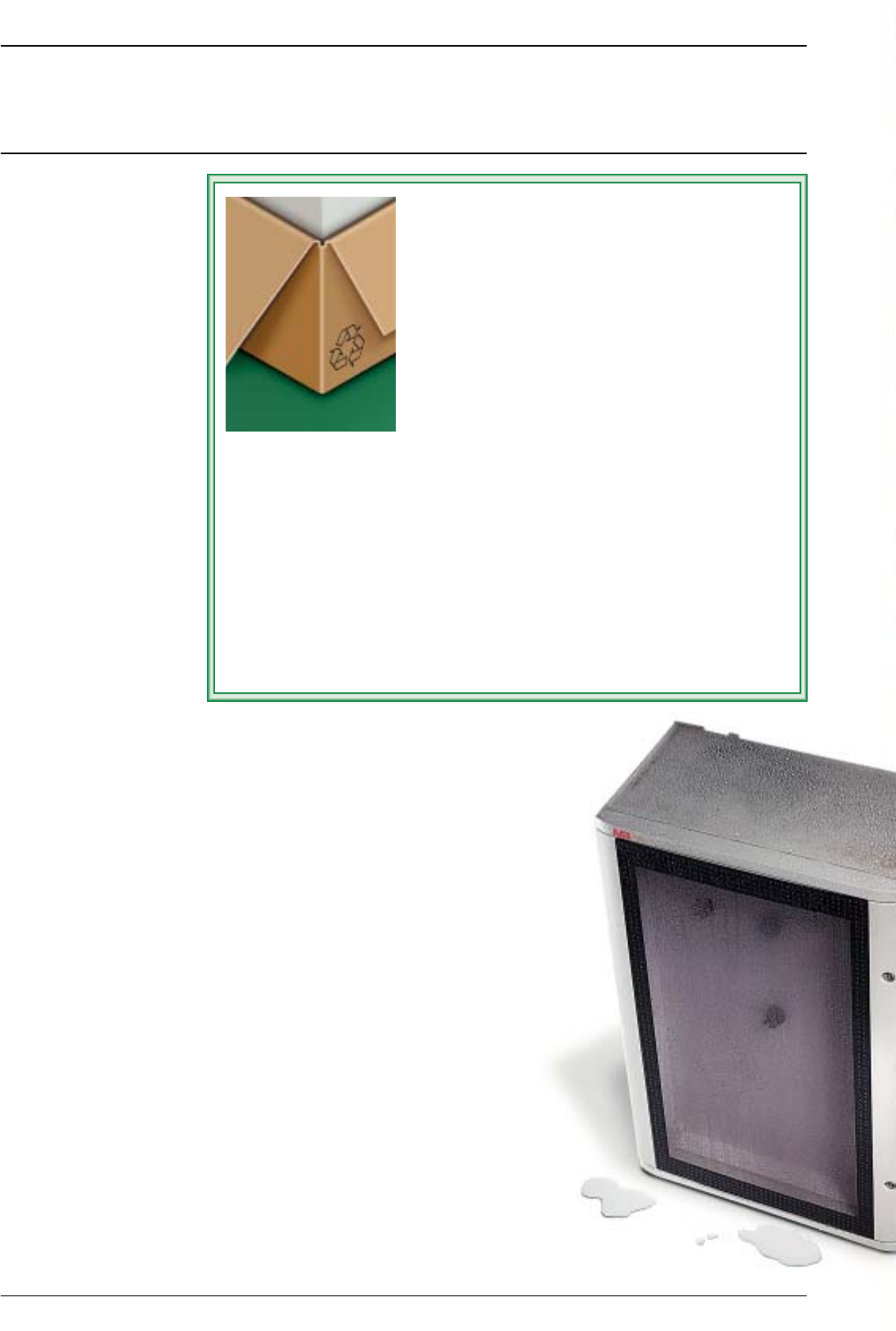
3 ABB SACE
Introduction
Characteristics of Gemini switchboards
Nothing can be compared with
Gemini, even when the switch-
boards have reached the end of
their life cycle: they are totally
ecologically compatible. The
material used to manufacture
them is 100% recyclable. Poly-
ester, on the other hand, can-
not be recovered.
Moreover, to make sure that
correct disposal procedures are
followed, instructions are pro-
vided about how to identify
materials and what to do with
the product once it has served
its useful purpose.
Quality and safety
ABB’s Gemini is designed and
built in compliance with refe-
rence Standards that define its
constructional and functional
characteristics.
In particular, the IP66 degree
certifies that Gemini is totally
protected against the infiltration
of solid bodies and is resistant
to the penetration of jets of wa-
ter similar to sea waves.
Absolute protection is provided
by double insulation even in the
event of indirect contact. Rated
uninterrupted current can reach
a threshold of 400 A.
Even in very difficult application
circumstances, Gemini gives
high-level performances, with
resistance to fire and abnormal
heat up to a temperature of
750 °C and a functioning tem-
perature from -25 °C to 100 °C.
Moreover, the material with
which it is manufactured retains
its characteristics for a long time
since it is not subject to corro-
sion by chemical or atmospheric
agents. Also it does not turn
yellow when exposed to UV
rays.
Gemini is made in a thermoplastic material that has
a very low halogen content and is 100% recyclable.
The environmental compatibility of Gemini is an
important objective right from the design phase where
the Life Cycle Assessment (LCA) procedure, defined in
1990 during the Society of Environmental Toxicology
and Chemistry Conference (Vermont, USA), is
followed. Life Cycle Assessment is an objective method
for analyzing the energy and environmental loads
relating to a product, process or activity, carried out
by identifying and quantifying energy, the materials
used and emissions released into the environment.
Divided into four phases, the assessment covers the
entire life cycle of the product, process or activity,
from the extraction and transformation of raw
materials to manufacturing and distribution, and
from usage to recycling and decommissioning.


















